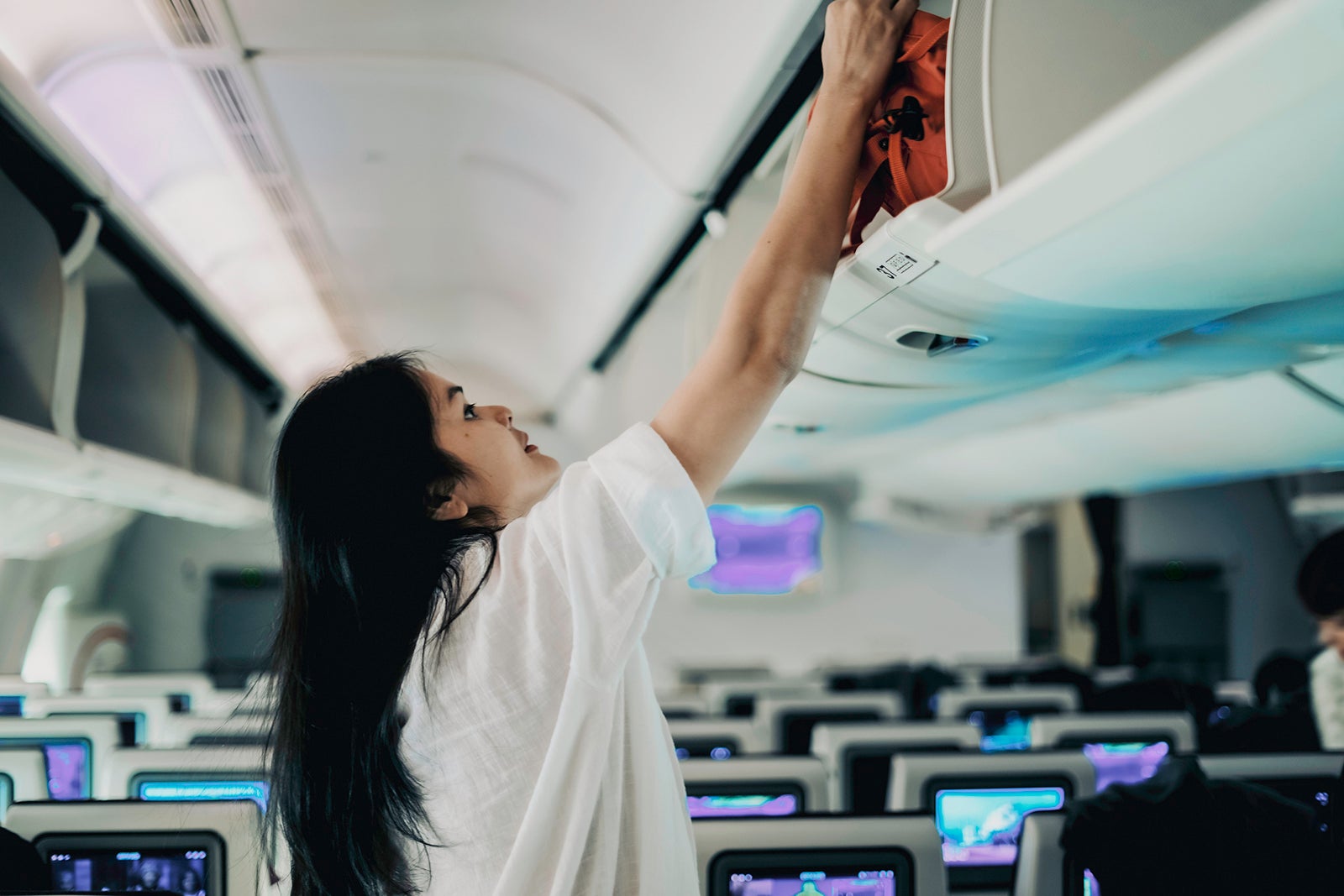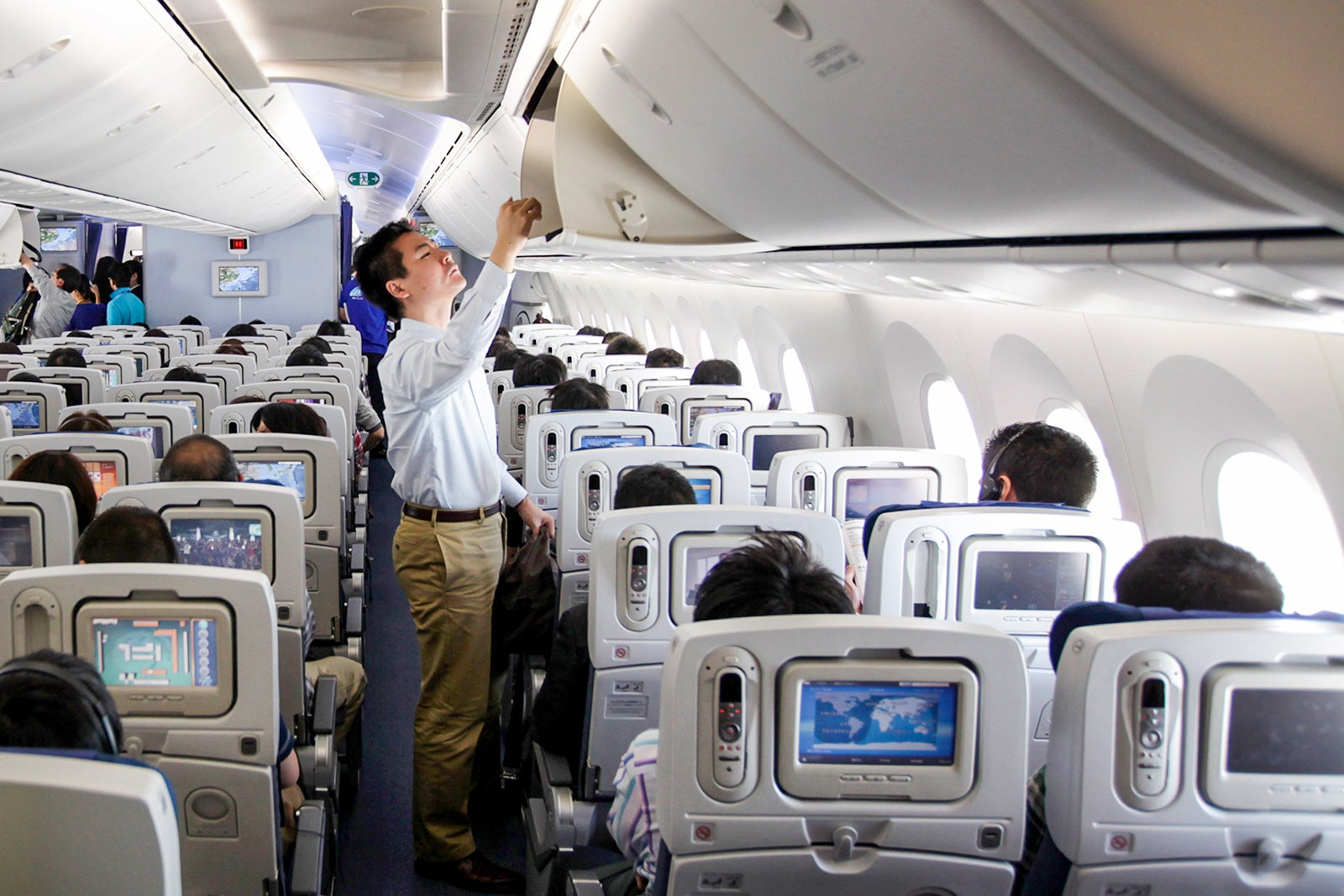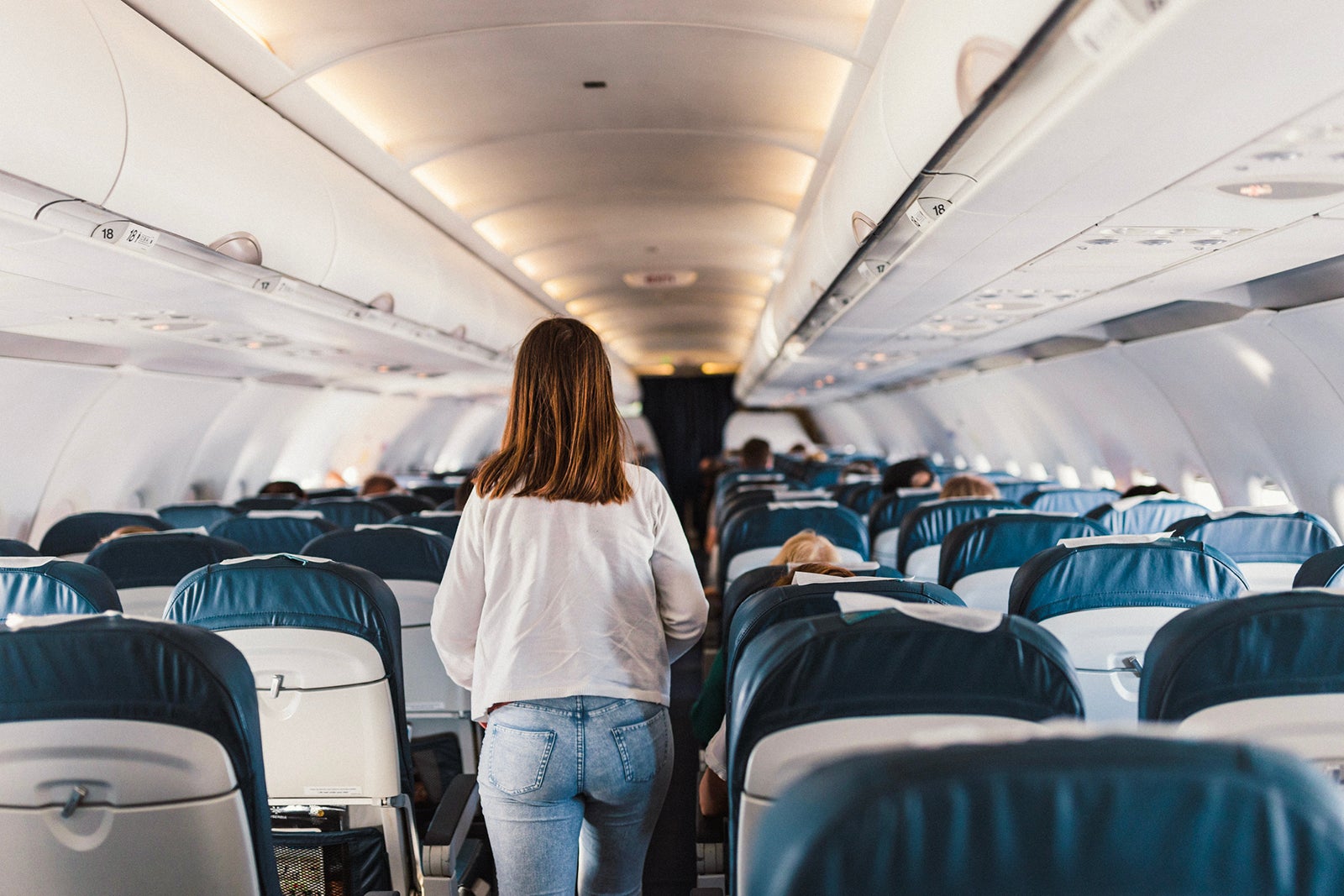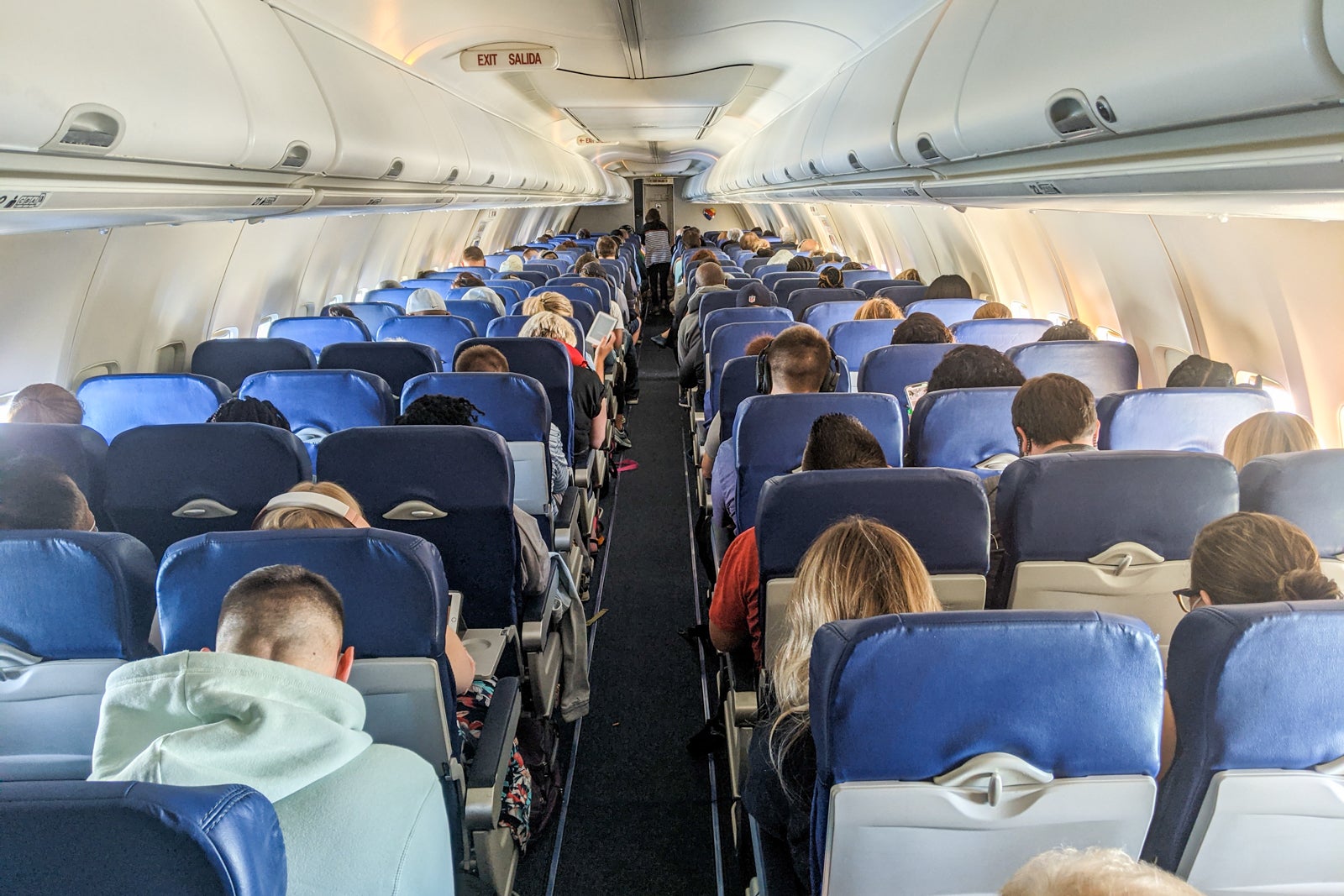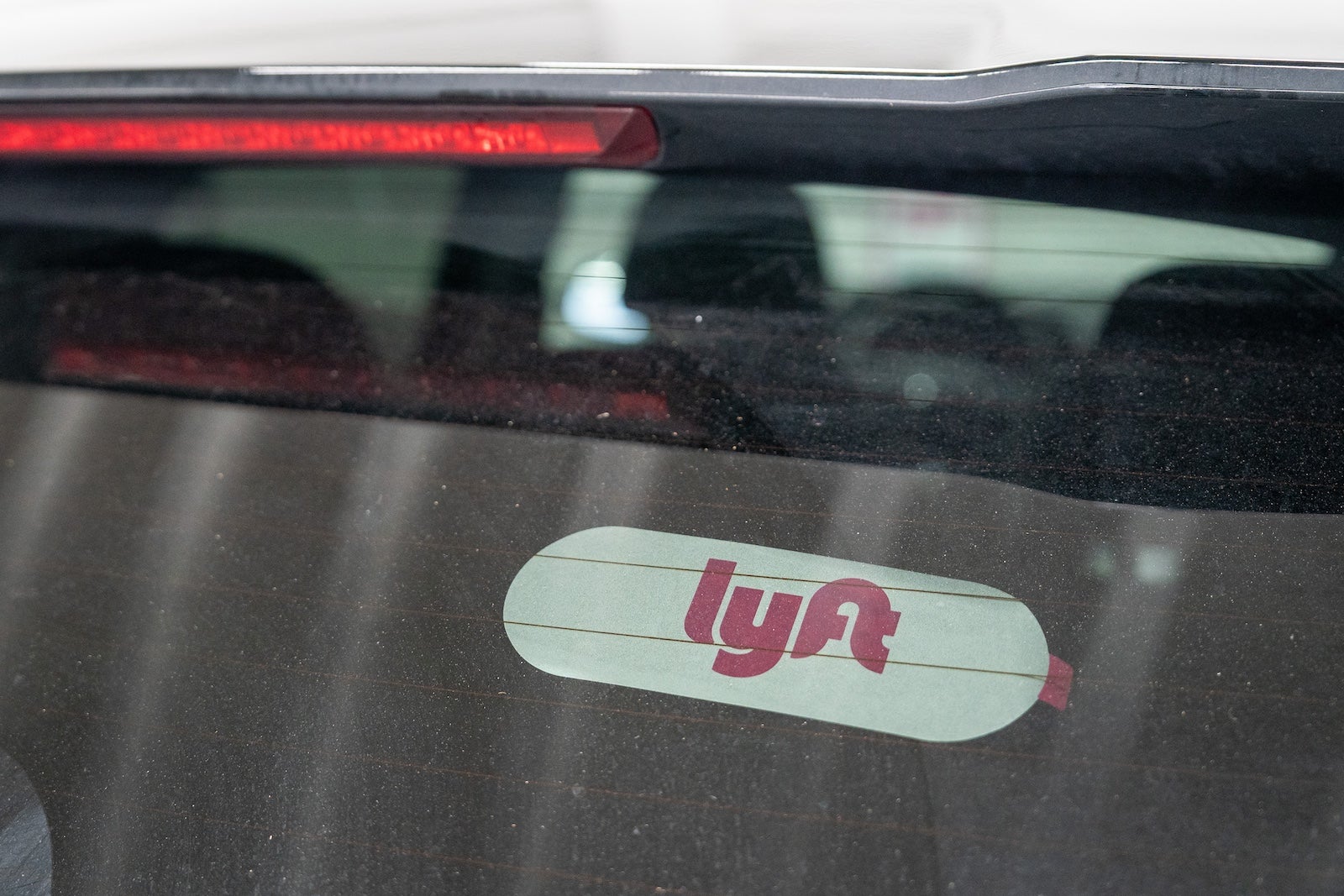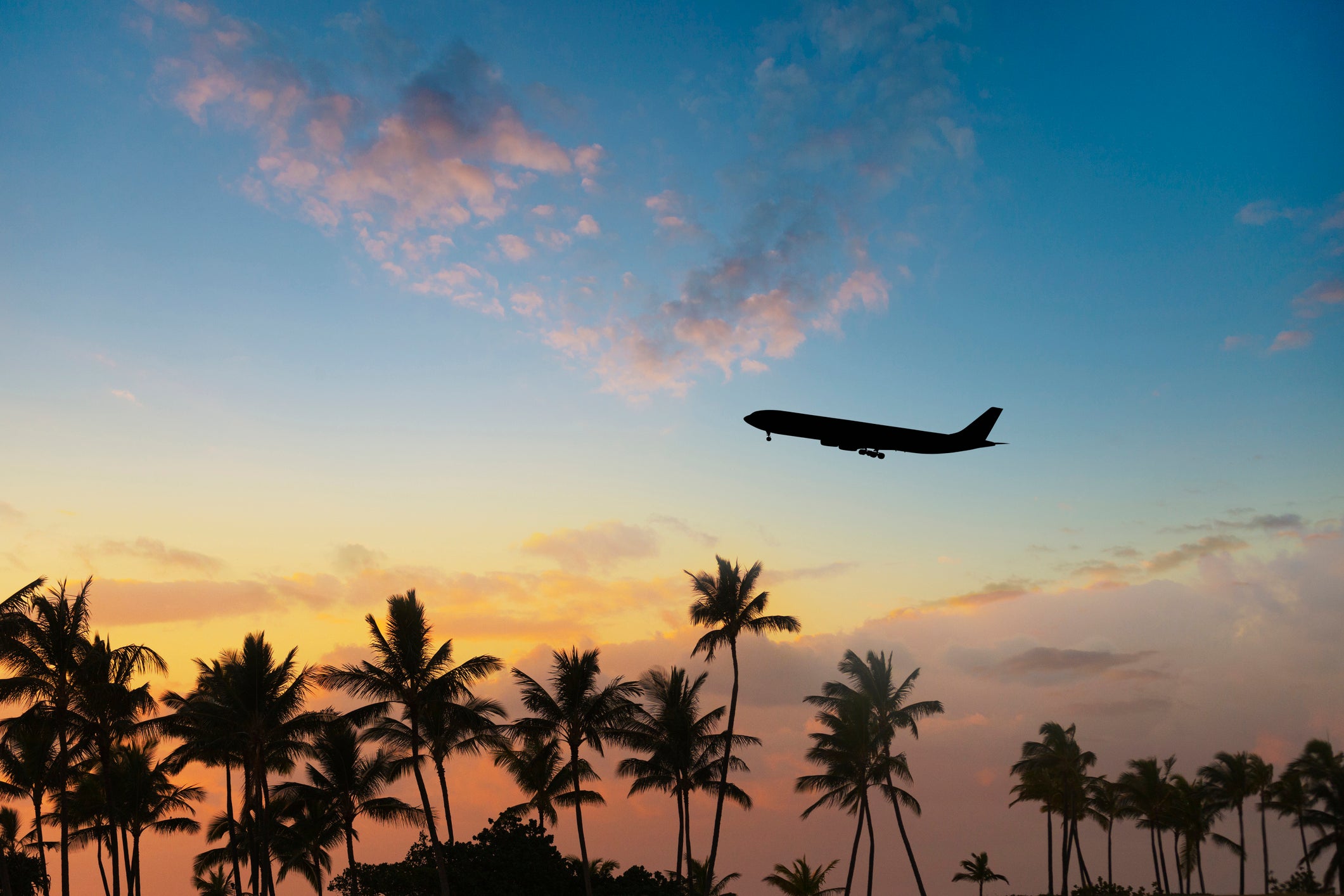Is it rude to stand up as soon as the plane arrives at the gate?
From debates over seat reclining to going barefoot during a flight to the best way to deal with a baby’s ear-splitting cries at 35,000 feet, perhaps the most interesting thing about travel pet peeves isn’t the annoyances themselves, but the debates they can spark.
Take, for example, people who stand up as soon as the plane parks at the gate and the “fasten seat belt” sign is turned off. For every person who finds it annoying, rude and futile, another person is all for it.
Those who support standing say they want a chance to stretch their legs after sitting for hours, as well as the ability to gather their belongings so they can swiftly deplane. Those who are against it don’t see the point — everyone is stuck in their rows until the people ahead of them exit. So, why invade the personal space of the passengers around you and perhaps block people with a tight connection from quickly deplaning?
All of this raises the question: Who is in the right?
I wanted to get to the bottom of this hotly debated matter. Are you within your rights to stand up when the plane lands? Should you remain seated until it’s your turn to deplane?
Of course, I have my opinion. But after speaking with several experts on the matter, the correct approach has more to do with the safety and consideration of your fellow passengers than simply being right.
Is it safe to stand up when the plane lands?
From a safety perspective, there is no rule against standing up once the plane is parked at the arrival gate.
“This is an age-old question! It’s not a hard rule from a safety standpoint, but we recommend you stay seated and let the rows in front of you deplane first. This way, the aisles stay clear, and you don’t end up playing an impromptu game of aisle twister with your fellow passengers,” deputy service manager Justin West, a cabin crew member for Air New Zealand, told TPG.
Andra Sallos, a photographer and flight attendant with 10 years of experience, advises guests to remain seated until the plane is safely parked. “Flight attendants need to keep the aisle clear in case of an emergency evacuation or medical emergency upon landing,” Sallos told TPG. When people stand up, they tend to immediately grab their bags from the overhead storage, blocking evacuation routes. Or, in the case of an injury, the cabin crew needs to be able to reach the passenger and provide assistance.

Daily Newsletter
Reward your inbox with the TPG Daily newsletter
Join over 700,000 readers for breaking news, in-depth guides and exclusive deals from TPG’s experts
“Once the plane is parked at the gate, there is little to no risk of evacuation or the need for medical assistance, and passengers are free to stand,” Sallos said.
International etiquette expert, author, founder of the Protocol School of Palm Beach and former flight attendant Jacqueline Whitmore agreed: “Once it is safe to move about the cabin, you can technically get up and start getting your bags and putting them in the aisle.”
Is it rude to stand up when the plane lands?
Still, the question remains: Just because you can stand up safely, should you?
None of the experts we spoke with had major issues with guests choosing to stand up once the plane was at the gate, as long as they did so respectfully and mindfully. There are several reasons why someone may choose to stand up when the plane is parked at the gate. “We totally get it — sometimes, after a long flight, you just want to stand up and do the big ol’ stretch,” West said.
Whitmore felt similarly: “Maybe they have circulation issues and need to stand, or maybe they’re trying to settle a cranky child. From an etiquette perspective, you want to be mindful of your surroundings and aware of how your behavior affects others.”
Whether you prefer to sit or stand, always let the rows in front of you deplane first and, in some cases, those behind you who are rushing to catch their next flight. “Allow the people ahead of you to deplane first, with the exception of anyone behind you who might have a tight connection. In this case, the flight attendant will inform everybody what’s happening and to remain in their seats until those people get off the plane,” Whitmore said.
Another thing to keep in mind, and contrary to what many in the pro-standing camp may think, is that standing too soon can actually make deplaning take even longer. “In our experience, standing in the aisles and trying to inch forward can affect the smooth passenger flow,” West said.
However, if you can stand and stay squarely in your area, Whitmore supports the choice to stand. “I would rather see somebody stand and get ready to go versus somebody just sitting there and waiting for things to happen,” she said.
If you choose to stand
We confirmed it is neither unsafe nor rude to stand up once the plane is safely parked at the gate, but there are still a few rules of etiquette you should follow:
- Remain in your row until it is your turn to deplane: Allow the people ahead of you to deplane first.
- Avoid encroaching upon the personal space of other passengers: Nobody wants your rear end mere inches from their face while they wait for their turn to exit the plane.
- Remain seated if instructed to do so: If flight attendants announce that there are travelers with a tight connection and request that those without connections remain seated, please follow those directions. Flight attendants may also request that passengers sit tight for other reasons as well, such as a medical emergency.
- Leave your belongings in the overhead bin: Don’t push people in an attempt to grab your things. Wait until the row in front of you has collected their belongings — then you can make your move.
If you choose to stay seated
On the flip side of this coin, there are also guidelines you should follow if you choose to sit down until it is your turn to deplane:
- Unbuckle your seat belt: Once the “fasten seat belt” sign is off, it’s time to unbuckle — don’t fumble with it at the last minute.
- Get ready to go: Use the extra time in your seat to gather oft-forgotten items like your phone, headphones and passport from the seatback pocket and the area beneath your seat. Collect any garbage so you are ready to go when it is your turn to deplane.
- Grab your bags: If your baggage is not within reach, ask a fellow traveler if they could help you get it so you aren’t rushing five rows back when it is your turn to deplane.
Bottom line
So, where do I fall? I usually stay seated until there are only a few rows in front of me left to deplane. While I wait, I gather my belongings and grab my personal item bag from under the seat in front of me.
However, if I notice passengers making a beeline for the front of the plane instead of politely waiting their turn, I am that person who will stand up in the aisle next to my seat so that everyone deplanes in a timely manner. For some reason, I have chosen to make it my personal mission to keep the deplaning process fair.
If we all (myself included) agree to follow the expert advice described above, we might be able to settle this debate once and for all. In the end, we all want the same thing — a fast and smooth deplaning process.
I’ll leave you with some final wise words from West: “Remember, a little patience and cooperation goes a long way in making it a seamless exit for all.”
Related reading:

